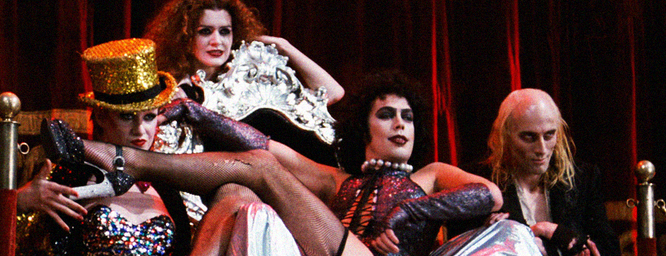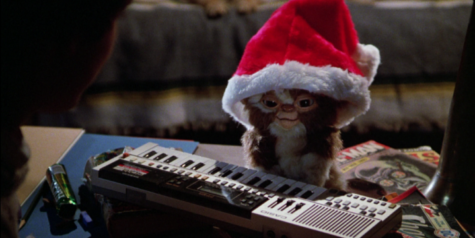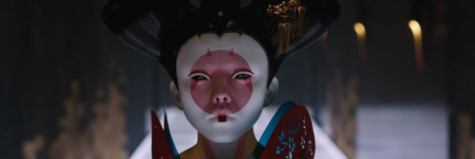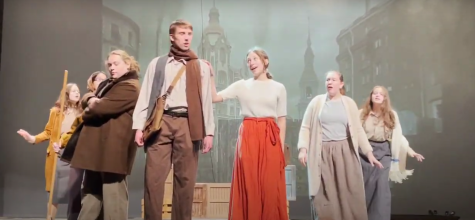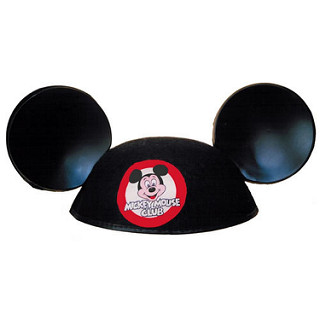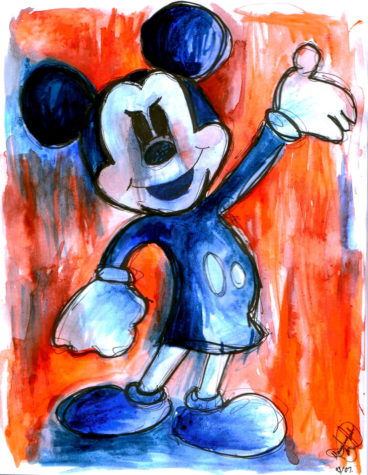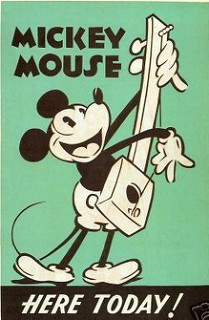Composition of Cult Films
Midnight showings, peculiar traditions, endless film references . . . cult cinema has retained these same practices over the years it has existed. It brings people together and connects them with both showings and debates. Yet the definition of what makes a cult film is unclear. The wide variety of films that are considered “cult” ranges so extensively that a single interpretation cannot be formed. An article on brightlightsfilm.com said that “In the taxonomy of film, cult cinema is something of a super-class, not a genre, but it still needs careful definition” (Bently-Baker). It can be hard to determine if a film is truly a cult classic, and the subject is largely disputed today. Nevertheless, all cult films can be compared using the anatomy, genre, and following of the film.
All cult films have a certain composition to them. Each film has at least a dash of one of a few key elements that make a it a cult film. Some have that rebellious attitude, pulling the audience in — making them feel uncomfortable enough to keep their interest (or, in some cases, maybe a little too uncomfortable). An article on cultographies.com offered that cult films “Frequently consider themselves outsiders, renegades roaming the borders of what is morally acceptable” (“Cultographies’ Definition of Cult Cinema”). Films such as A Clockwork Orange and Fight Club have gained a reputation for their anarchistic qualities, which have made them all the more thrilling to watch. Other films have a distinctly nostalgic aura to them. The Sound of Music, for example, epitomizes the glamour of Hollywood with its striking setting.
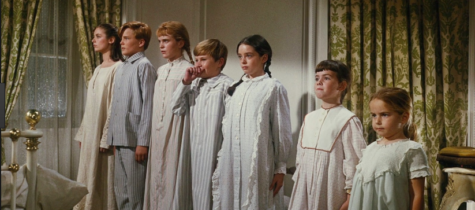
The practice of going to midnight movie showings itself provokes a sense of nostalgia for the audience (“Cult Cinema”). The last powerful aspect of many cult films is their storyline. A legitimate cult film includes the main characters getting involved in absurd situations that they solve in the most unforeseeable of ways (Hanson). Films like this take the moviegoers on a wild adventure with the protagonist, and get everyone involved. These traits are the primary factors of the composition of a cult film.
Cult films ordinarily have a particular genre or theme to them. Common genres for cult films are Sci-Fi, Horror, and Musical films. Sci-Fi, Horror, and Fantasy are ideal genres to make a cult movie with because of the opportunity for a dystopian or utopian society, and the Musical genre works perfectly to “overplay” the emotions and experiences of the characters (Cultographies’ Definition of Cult Cinema). A good example of this is Donnie Darko. To sum up the film, Donnie Darko meets a large rabbit who tells him the world will end in 28 days (Donnie Darko). The weird mix of time travel, alternate universes, and the end of the world made the critics turn away and dismiss it, but allowed a cult following to develop behind the scenes, not in the theatres, but in the homes of many. In addition to these genres, a few themes often exist in cult cinema: space and gore. Cult classics such as 2001: A Space Odyssey and Eraserhead take place, at least partially, in space. Other films have achieved cult status by taking advantage of exaggerated portrayals of violence and the humor audiences find in them (Hanson). Highly unsettling scenes are featured in the greatest of cult films, causing them to stick out in comparison to mainstream movies. Both the genre and dominant themes of films can lead them to becoming cult classics.
The most essential part of cult cinema, of course, is the cult. Steve Hanson wrote in his essay “Cult Films:” “Cult films say more about the people who love them than about themselves” (Hanson). The community the movie creates is a huge factor in how big it will become. People who identify as cinephiles will generally rave about cult films, and prefer them to other movies, with favorites like Videodrome and Harold and Maude. Film buffs adore cult films as well, even while being on the opposite end of the spectrum of moviegoers. A huge aspect of cult cinema is the midnight showings. An article on cultographies.com makes a point that the screenings and film festivals are essential to cult cinema (“Cultographies’ Definition of Cult Cinema”). The Rocky Horror Picture Show success and following was undisputably built upon the midnight showings and absurd reenactments of the film. These sing-a-longs are part of what multiplied this film, making it one of the biggest and well-known cult films. In short, the key aspect of a cult film is the following it creates.
Given these points, one can easily identify the makings of a cult classic by looking at the anatomy, genre, and following of it. Although an unambiguous definition does not exist, many have tried to define “cult films” the best they can. Some films are simply meant to make it in the cult world, and some happened on accident. But no matter what, cult films will always play a big part in cinema, and bring people together.
Sources:
Bently-Baker, Dan. “What Is Cult Cinema? A Checklist.” Bright Lights Film Journal, 17 Nov. 2014, brightlightsfilm.com/what-is-cult-cinema-a-checklist/. Accessed 23 Feb. 2017.
“Cult Cinema: A Critical Symposium.” Cineaste, vol. 34, no. 1, 2008. EBSCOhost, web.a.ebscohost.com/ehost/detail/detail?vid=2&sid=51917d61-ae53-4ce9-98c9-b6bcf07ff0ff%40sessionmgr4006&hid=4109&bdata=JkF1dGhUeXBlPWNvb2tpZSxpcCxjcGlkJmN1c3RpZD1zNjI2NTk2MiZzaXRlPWVob3N0LWxpdmUmc2NvcGU9c2l0ZQ%3d%3d#AN=36048694&db=aph. Accessed 21 Feb. 2017 pp. 43–50.
“Cultographies’ Definition of Cult Cinema.” Cultographies, Wallflower Press, www.cultographies.com/definition.shtml. Accessed 23 Feb. 2017.
Donnie Darko. Directed by Richard Kelly, performances by Jake Gyllenhaal and Jena Malone, Pandora Cinema, 2001.
Hanson, Steve. “Cult Films.” St. James Encyclopedia of Popular Culture, Gale, 2013. Student Resources in Context, link.galegroup.com/apps/doc/TRERLN132603855/SUIC?u=neen99729&xid=22c0af15. Accessed 20 Feb. 2017.


